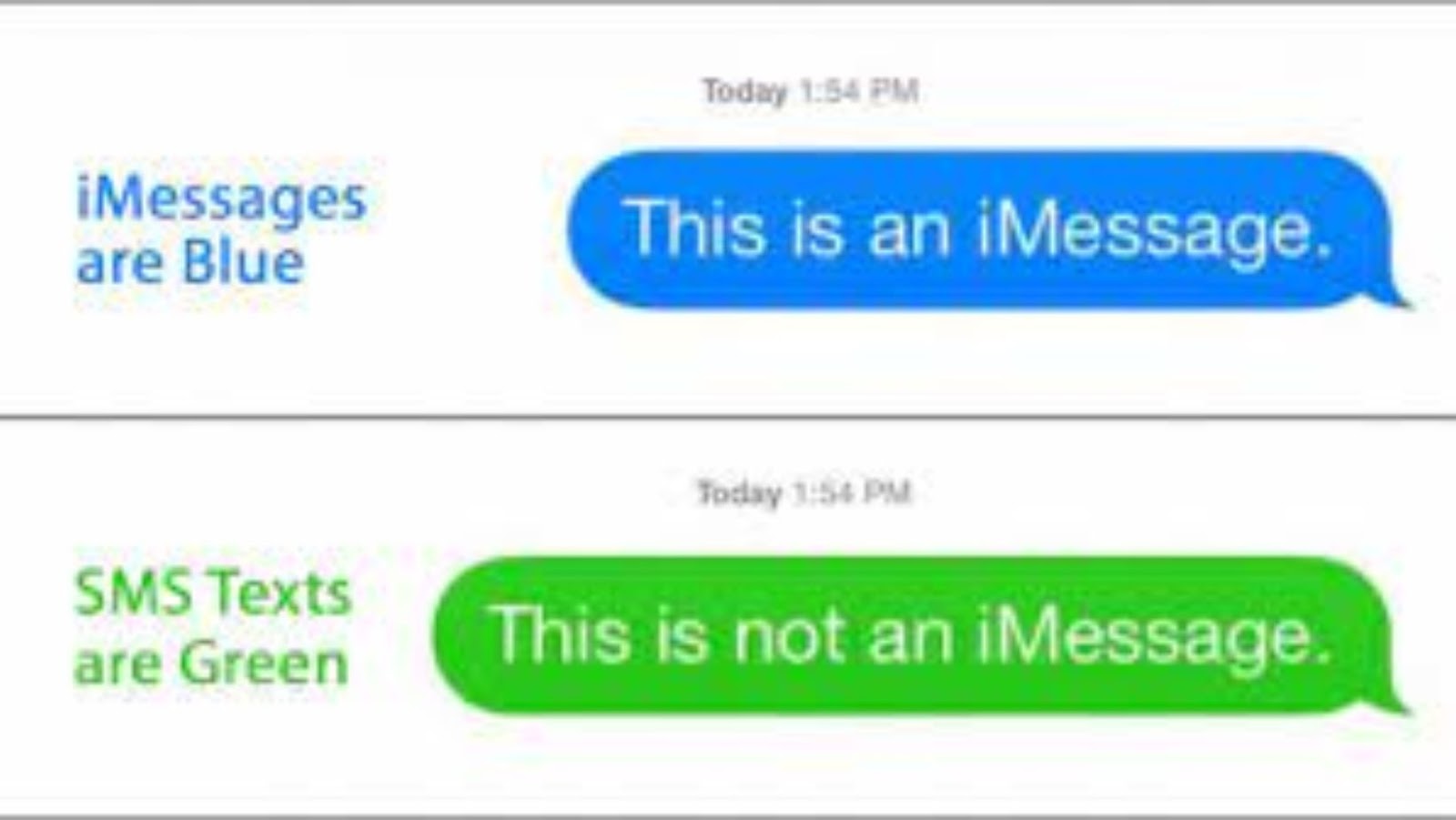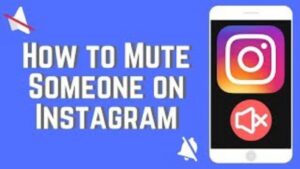
When you send a text message (or SMS), your device connects to your phone carrier’s network, where it sends out data about your message, similar to an envelope on the postal service.
iMessage is different in that it uses Apple’s own servers to deliver messages. iMessages are encrypted, so they’re safer than standard texts. The messages use Wi-Fi or cellular data, which means they’re free if you have a texting plan from Apple. If you don’t have a texting plan, messages will be sent as standard texts and billed to your cell phone carrier.
About iMessage
If the sender is using iMessage, you’ll see a blue speech bubble beside the message. If the sender is using SMS, you’ll see a green speech bubble. You can tell if iMessage is active by going to Settings > Messages and making sure that iMessage is turned on. iMessage also works across Apple devices, so if your friends have iPhones or macs, you can use iMessage with them instead of standard texts. More recently, Apple has started using iMessage to send texts to Android devices too.
iMessage is commonly used with the iPhone, however it can be sent from any Apple device running on iOS 5 or greater. iMessages are encrypted so they are more secure than normal text messages which are sent through carrier towers, making them visible to carriers and any prying eyes who may be intercepting your texts.
By default iMessage is turned off, so it must be activated by going into Settings > Messages > Toggle iMessage to on. This makes it possible for you to send free messages via WiFi or cellular data, which are cheaper than standard SMS texts since they do not use your carrier’s network.
iMessage is available for Mac computers running OS X 10.8 or greater, Apple Watch, iPad generation 2 or later, iPod touch gen 6 or later, iPhone 4S or later. It is also possible to send an iMessage from a non-Apple device by using the Messages for web app which can be found at messages.apple.com .
If you are sending an iMessage to a device that does not have iMessage activated on it, Apple will send the message through standard text messaging which is sent through your carrier’s towers and visible to them also. For example, if someone has their iPhone turned off or they don’t have cell service, iMessage will not work and standard text messages (SMS) will be sent instead.
iMessage is a great way to communicate with friends and family who also use Apple devices, as well as the Messages for web app. Since it makes your messages harder to intercept, it can be safer than SMS especially if you are sending personal information such as credit card numbers or account information.
About Standard Texts
Text messages (SMS) are sent over wireless carrier towers and visible to your phone carrier, meaning that they can be intercepted by anyone with access to the right tools (for example the FBI). For this reason, it is easier for law enforcement agencies in particular but also advertisers to use technology to track your location by keeping tabs on the towers that are being accessed.
Another drawback of standard texts is that they are not encrypted, meaning that any carrier or person with access to the right tools can intercept them. Many third party text messaging apps encrypt your messages however which helps protect their information from prying eyes.












